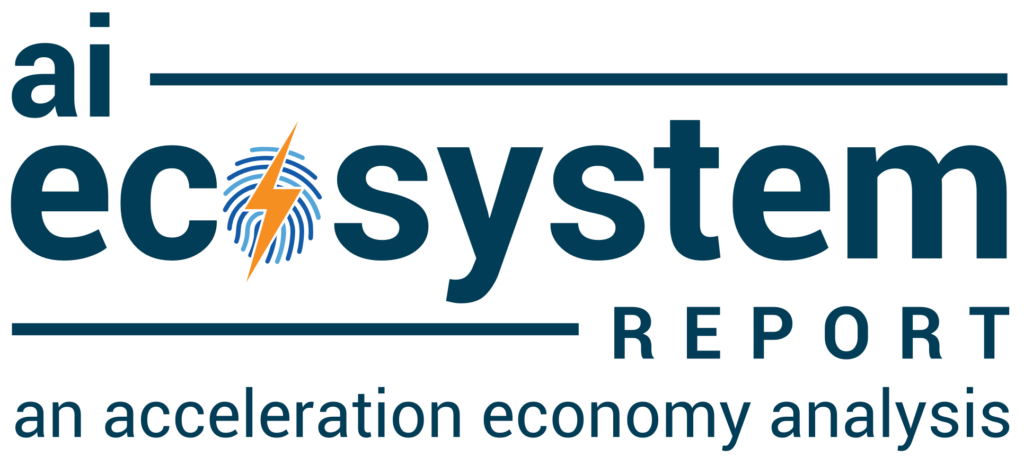
Recent innovations in large language models (LLMs) and the boom of interest in the AI software category have been leading to whiplash effects on the world of robotics. That’s become clearer than ever recently. The implications for different industries are far-reaching and the funding is greater than ever before.
Based in California, a startup called Figure has raised over half a billion dollars to bring its vision of humanoid robots powered by cutting-edge LLMs to life. The company is valued at $2.6 billion.
Figure’s Humanoid Robot Model
On an engineering level, they’ve made great progress. According to its website, Figure’s first model is about 5 feet 6 inches and weighs 130 pounds. It can lift a 45-pound payload and run for about 5 hours. Figure recently signed a pilot deal with BMW for the deployment of their first model.
Figure partnered with OpenAI to develop some of the models running on the bot and use Microsoft Azure for its internal development team. Despite these accomplishments, they have a long way to go before mass adoption. One reason why the startup raised so much funding is that building hardware is expensive. It requires machines, talented engineering staff, R&D, and more.
Like most other robotics projects, Figure aims to replace — or “augment,” in their words — blue-collar jobs in factories, transportation centers, warehouses, and logistics centers. Seven million such jobs are unfilled in the U.S. alone. There are only six million people who would typically fill them. Attrition rates are notoriously high as well. This imbalance in labor is their opportunity but the market hasn’t really spoken yet.
Other Notable Developers
There are very few places with humanoid robots in production. A lot of the capital investment stems from a strange human desire to create things that look like us, move like us, and talk like us. Sure, a humanoid robot is better adapted for environments built for humans. But many companies have rebuilt their factories to keep humans out of the loop, with conveyor belts and robotic arms and automated processes that are optimized for specific workflows. In those cases, a humanoid robot is not ideal.
Figure isn’t the only company targeting this opportunity. Agility Robotics is another startup building humanoid robotics powered by LLMs; it’s backed by Amazon, which has been testing deployment in its warehouses. Boston Dynamics has had years of in-market exposure of its robot dog, Spot, with humanoid models coming soon. Tesla still has robotic ambitions. A Norwegian company called 1X has also attracted a $100 million investment from OpenAI. Research labs, like UCLA’s RoMeLa, are making rapid progress on the engineering front.
Perhaps the most unique is a startup called Field AI, which is building models and systems to empower other robotics firms to embed cutting-edge LLMs into their hardware — without needing to build the physical entity themselves.
Final Thoughts
As a startup founder, one thing we’re often advised is to find a problem and build a solution for it, not build a solution and find a problem. In the case of humanoid robotics, I still get a hint of the latter situation: We’re investing billions into making humanoid robots more human-like with very few positive indicators from the market. The reality is that we want to make cool robots that look and talk like us, like Terminator but more friendly. The coolness factor is worth billions by itself.
Just look at the world of entertainment. The Sphere, an enormous surround-video complex in Las Vegas, recently announced a humanoid robot called Aura that greets and guides guests through the experience. More than anything, the company points out, the Sphere is there to highlight our technological achievements as humans. Is Figure, Agility, 1X, Tesla, or Boston Dynamics doing any different?
Ask Cloud Wars AI Agent about this analysis










